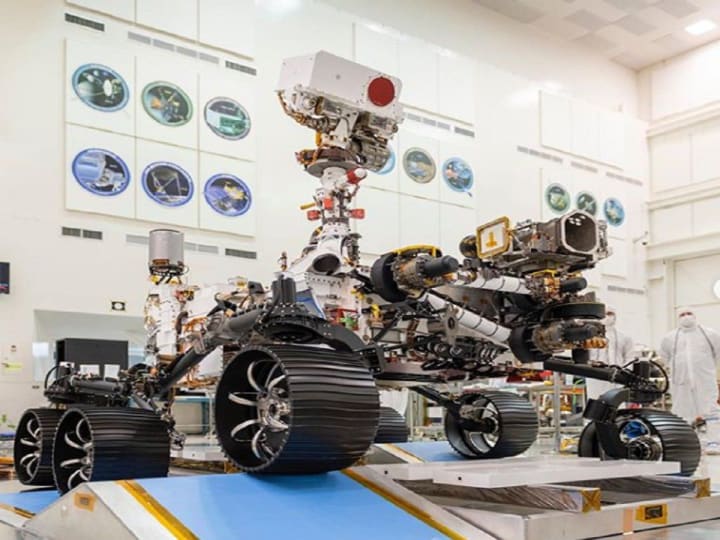
NASA is expected to launch its latest Mars rover, Perseverance, on a first-of-its-kind mission to the Red Planet. Its job is to collect and store geological samples so they can eventually be returned to Earth. Perseverance will spend its days poking the Jezero Crater, an ancient Martian river delta. For that, it needs some damn good computers at least by Martian standards.

Perseverance is significantly more autonomous than any of NASA’s previous four rovers and is designed to be a “self-driving car on Mars.” Like the ones on Earth, Perseverance will navigate using an array of sensors feeding data to machine vision algorithms. The main computer on Perseverance is about as fast as a high-end PC … from 1997. The only way Perseverance’s poky brain is able to handle all this autonomous driving is because NASA gave it a second computer that acts like a robotic driver.

On previous rovers, the navigation software had to share limited computing resources with all the other systems. So to get from one point to another, the rover would take a picture to get a sense of its surroundings, drive a little, and then stop for a few minutes to figure out its next move.
Perseverance can offload many of its visual navigation processes to a dedicated computer, it won’t have to take this stop-and-go approach to Martian exploration.
The distance between Earth and Mars is so large that it can take a radio signal traveling at the speed of light up to 22 minutes to make a one-way trip. The long delay makes it impossible to control a rover in real-time and waiting nearly an hour for a command to make a round trip between Mars and the Earth isn’t practical either.

Perseverance has a packed schedule it needs to drop off a small helicopter for flight tests. Then collect dozens of rock samples and find a place on the surface to store them. If the rover has any hope of accomplishing all of this in the year allotted for its primary mission. It has to be able to make a lot of navigation decisions by itself.
Perseverance’s New Digital Glasses
New glasses will allow it to autonomously navigate its surroundings several times faster than its predecessors. Still, it will take Perseverance a full day to drive the same distance a sloth can cover in an hour. But compared to NASA’s previous Mars rovers, Perseverance is a hot rod. “The longest drive that any Martian rover has ever done in a day is 219 meters,”
Radiation Problem

It’s not Perseverance’s fault that it thinks slowly; blame the radiation. Mars doesn’t have a magnetic field or a thick atmosphere to shield it from the charged particles streaming from the sun.
And these particles can wreak havoc on a computer. They can cause transistors to turn on and off when they’re not supposed to.
And if enough of these errors accumulate, they can cause a computer to crash.
There are a lot of techniques to make a computer immune to radiation.
For example, it’s possible to add additional transistors that are harder to turn on and off, which makes them less likely to be flipped by a wayward ion.
But, generally speaking, protecting a processor from radiation requires compromising its performance.

Xilinx’s machine vision computer will be running brand-new vision algorithms developed by Twu, Matthies, and their colleagues at NASA. Unlike self-driving cars on Earth, Perseverance doesn’t have the luxury of a bank of powerful computers for image processing. Energy and processing power are precious resources on the Red Planet. This means the algorithms that Perseverance uses to navigate must be as lean and efficient as possible.
“The algorithm can always make a mistake, even if the hardware is perfect,” says Matthies. “In computer vision, there are outliers that cause the algorithm to make mistakes. And so we have to overwhelm that possibility.” Outliers might include a situation in which the rover can’t see an object, or mistakes it for something else.

One solution to this problem is to feed the rover’s navigation system data from other sensors so it’s not just relying on sight to get around.
The other solution is to expose the rover’s algorithms to as many scenarios as possible before it launches so there aren’t any surprises when it gets to Mars.






Comments
There are no comments for this story
Be the first to respond and start the conversation.